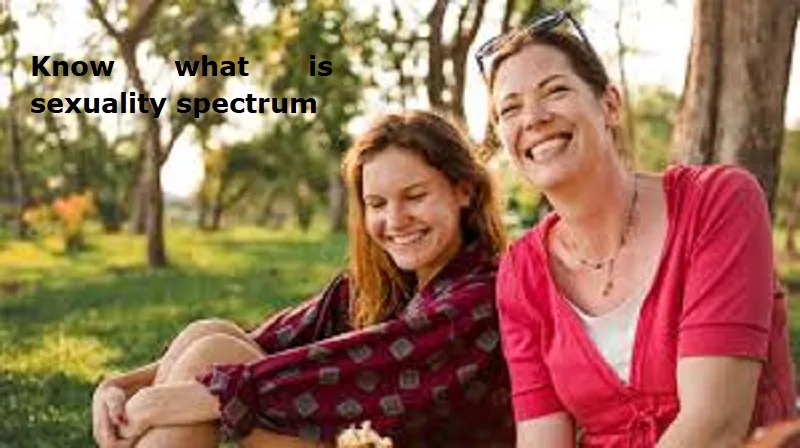
The sexuality spectrum refers to the idea that people’s sexual identities and orientations are complex and resist easy classification. Instead of offering people a choice between either homosexual or heterosexual — or even a choice between homosexual, heterosexual, or bisexual — it provides a way of talking about sexuality along in terms of many possibilities.
The sexuality spectrum also allows for greater fluidity of sexual identity and expression. You might change from one position to another or move about the spectrum.
The spectrum itself isn’t a singular entity. Instead of one line with complete homosexuality at one end and complete heterosexuality at the other, there are more than 200 scales people have developed to define sexuality.
The three most commonly used scales are the following:
The Kinsey Scale
In 1948, Dr. Alfred Kinsey and his research partners published Sexual Behavior in the Human Male, the first landmark study to suggest that people didn’t fit exclusively into the categories homosexual and heterosexual. Kinsey proposed a scale from zero to seven, with zero being exclusively heterosexual and seven being exclusively homosexual:
Also Read: Know adverse effects of watching porn on sex life
Only heterosexual
Mostly heterosexual, sometimes homosexual
Mostly heterosexual, but more than sometimes homosexual
Equally heterosexual and homosexual
Mostly homosexual, but more than sometimes heterosexual
Mostly homosexual, only sometimes heterosexual
Only homosexual
Kinsey also provided for an additional category: X, no socio-sexual contacts or reactions.
The Klein Sexual Orientation Grid
In 1978, Fritz Klein published The Bisexual Option. In it, he outlines a grid that asks people to rate seven aspects of sexual orientation/identity from one to seven, with one being other sex/heterosexual only and seven being same sex/homosexual only. The seven aspects are:
Sexual attraction
Sexual behavior
Sexual fantasies
Emotional preference
Social preference
Heterosexual/homosexual lifestyle
Self identification
In 1981, Michael Storms wanted to better incorporate asexuality and differentiate it from bisexuality in sexuality models. He theorized that sexuality was better discussed with respect to x and y axes, with the x axis corresponding to homosexuality and the y to heterosexuality. A zero value along either axis would correspond to no orientation in that direction, and zero values along both axes would indicate total asexuality.
Other things can play a role in spectrum sexuality. Kink, fetish, and bondage, dominance, sadism and masochism (BDSM) activity can also be defined along spectrums and can play a role in intersectional sexual identities, identities that occur at the crossroads of a number of different aspects of human sexuality.
Asexuality can also be described along a spectrum. Many people have more complicated relationships with sexual desire than an asexual/sexual binary allows.
Asexuals and aromantics were the first to develop the Split Attraction Model, which can be applied outside of the asexuality spectrum as well. The Split Attraction Model proposes that for every sexual orientation/expression, there’s also a romantic counterpart.
Possibilities on the asexuality spectrum include:
Asexual
You don’t experience sexual attraction to other people. Even within this one category, there’s a range of individual expressions and experiences. For example, some may not experience direct sexual attraction but may enjoy the act of sex. Others may be repulsed by the idea of sexual contact. Still others might enjoy solo sexual activities such as masturbation. You may see the contraction “ace” used as a label for asexual individuals.

Post Your Comments